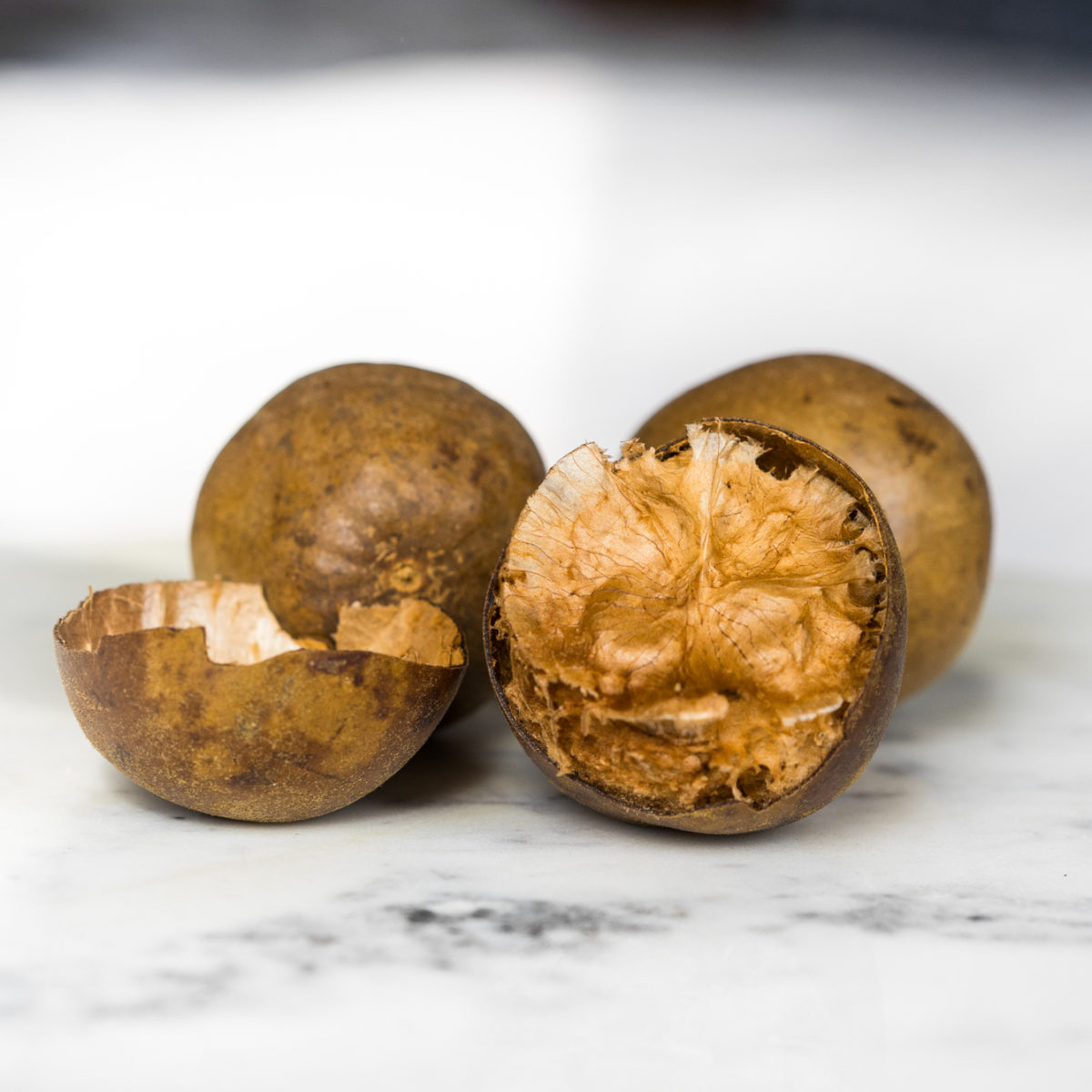
COMMON NAME (Chinese Name)
Monk Fruit (Luo Hang Guo)
BOTANICAL NAME
Momordica Grosvenori
USES
Historically, monk fruit teas have long been used to relieve sore throat and decrease respiratory mucous. Today, it’s much more common to see it advertised as a diabetic-safe non-sugar sweetener and potential dietary aid since its extracts have no carbs, sugars, or fats. In contrast to strictly TCM-informed recipes, the vast majority of monk fruit recipes now rely on its taste rather than its potential health benefits.
In addition to being an attractive alternative sweetener, monk fruit has significant antioxidant properties and potent anti-inflammatory effects that may ultimately have a protective effect against diabetes, heart disease, and certain kinds of cancer. What’s more, long-term monk fruit supplementation may change how the body metabolizes and stores fat, though much more research is needed to understand the effect this has on weight gain and loss in different people and under different dietary conditions. That said, be aware that its potential as a dietary aid — and all the associated health benefits that come from maintaining a healthy weight and eating fewer sugars and fats — are still largely unproven.
Monk fruit is a gourd and categorized in Chinese medicine as an herb that resolves phlegm and stops coughing. Traditionally, it’s been used for sore throat and coughing up green phlegm. Monk fruit is classified as cool, sweet, and moisturizing and primarily affects the Lung and Large Intestine meridians
PREPARATION & ADMINISTRATION
The whole dried fruit is used for medicinal purposes. Most often, the fruit is left whole for drying, then made into a tea by either hot- or cold-water decoction (infusion). Additionally, monk fruit extracts and powders are widely available for use as alternative non-sugar sweeteners.
PRECAUTIONS
There haven’t been many human trials examining the side-effects and potential toxicity of monk fruit supplements, though animal trials have repeatedly suggested that there are no significant side-effects or interactions.
You should consult with a certified herbalist, physician or other qualified healthcare professional before taking monk fruit.
REFERENCES
Chen, John, Chen, T & Cramton, L. Art of Medicine Press, Inc. City of Industry, CA USA. 2003. 1327 pp ISBN: 0-9740635-0-9 , http://aompress.com/herbology
Di, Rong, et al. “Anti-Inflammatory Activities of Mogrosides from Momordica Grosvenori in Murine Macrophages and a Murine Ear Edema Model.” Journal of Agricultural and Food Chemistry, vol. 59, no. 13, 2011, pp. 7474–7481., doi:10.1021/jf201207m.
Jeong, Sang, et al. “Antioxidant Capacities of Hot Water Extracts and Endopolysaccharides of Selected Chinese Medicinal Fruits.” Cancers, vol. 8, no. 3, Sept. 2016, p. 33., doi:10.3390/cancers8030033.
McDermott, Annette. “Monk Fruit: Benefits and Risks.” Healthline, Healthline Media, 11 Oct. 2017,
Qin, X., et al. “Subchronic 90-Day Oral (Gavage) Toxicity Study of a Luo Han Guo Mogroside Extract in Dogs.” Food and Chemical Toxicology, vol. 44, no. 12, 2006, pp. 2106–2109., doi:10.1016/j.fct.2006.07.023.
Zhang, Xiaobing, et al. “Effects of Mogrosides on High-Fat-Diet-Induced Obesity and Nonalcoholic Fatty Liver Disease in Mice.” Molecules, vol. 23, no. 8, 2018, p. 1894., doi:10.3390/molecules23081894.
